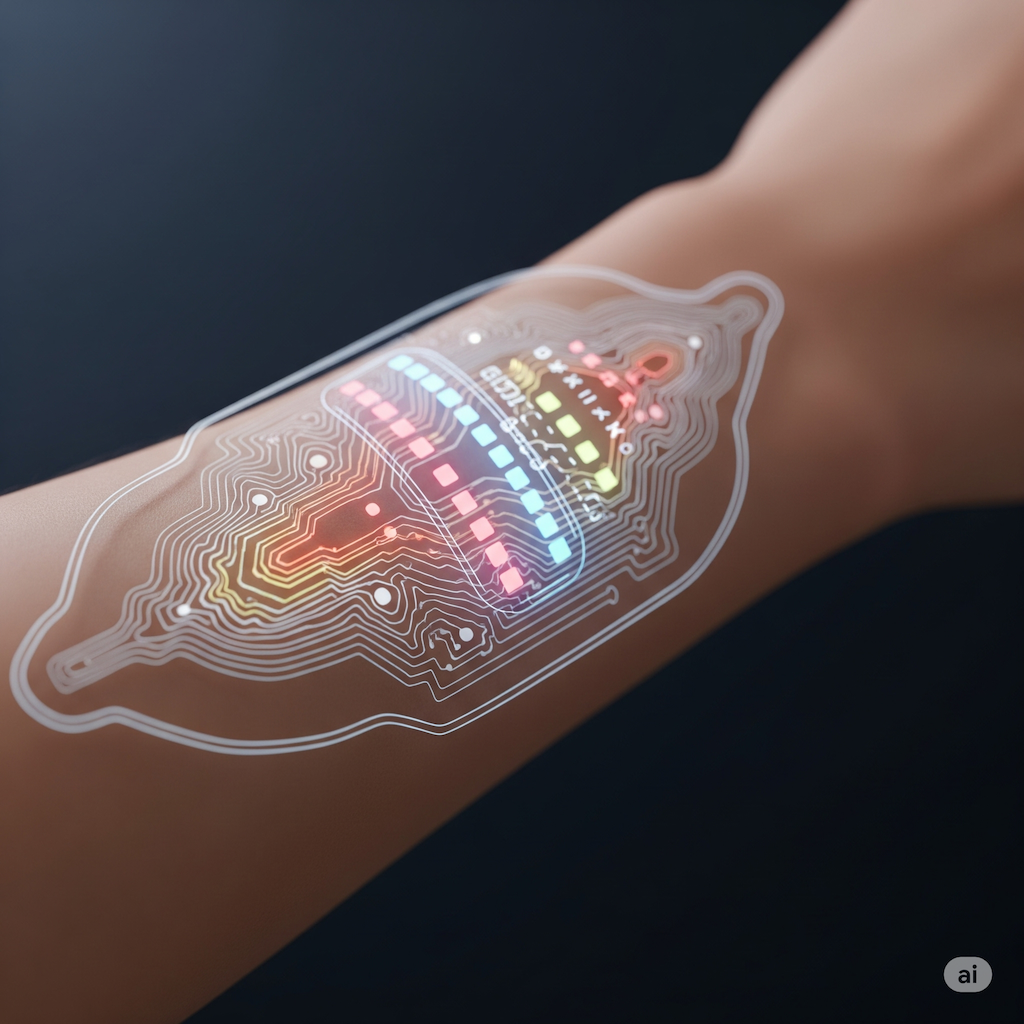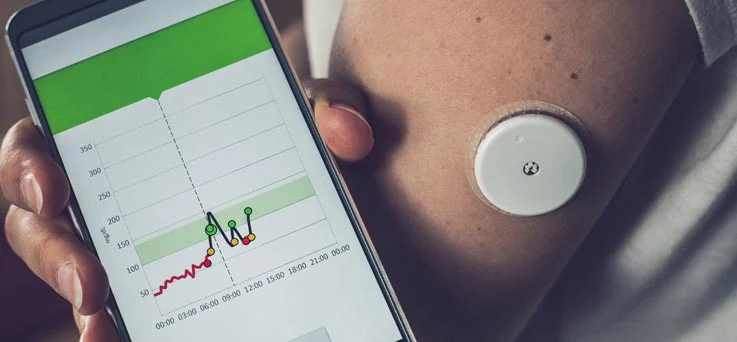
The Pulse of Prevention: How Wearable Health Sensing is Redefining Personalized Medicine
Wearable health sensors are transforming healthcare from a reactive to a proactive model. This post delves into the latest advancements in wearable sensing technology, its impact on chronic disease management, and the future of continuous, personalized health monitoring.
The Pulse of Prevention: How Wearable Health Sensing is Redefining Personalized Medicine
For centuries, the practice of medicine has been largely reactive, responding to symptoms and diseases after they have already taken hold. But what if we could shift this paradigm? What if we could continuously monitor our health, detect the earliest signs of illness, and take preventive action before a condition becomes serious? This is the promise of wearable health sensing, a rapidly advancing field that is poised to revolutionize healthcare as we know it.
A New Era of Continuous Monitoring
Traditional health monitoring is often sporadic and invasive. A visit to the doctor might involve a single blood pressure reading or a one-time blood test, providing only a snapshot of a person's health at a particular moment. As researchers at the UC San Diego Center for Wearable Sensors point out, this approach misses the dynamic nature of our physiology. Our bodies are in a constant state of flux, and continuous monitoring can provide a much richer and more accurate picture of our health over time.
Wearable health sensors, integrated into everything from smartwatches to skin patches, can track a wide range of physiological parameters, including heart rate, blood oxygen saturation, body temperature, and even biochemical markers in sweat. This continuous stream of data can help individuals and their doctors identify trends, detect anomalies, and make more informed decisions about their health. For example, a wearable ECG sensor could detect an irregular heartbeat that might otherwise go unnoticed, allowing for early intervention and potentially preventing a stroke.
Empowering Patients with Chronic Conditions
For individuals living with chronic diseases like diabetes, heart disease, or asthma, wearable health sensors can be life-changing. Continuous glucose monitors, for instance, have already transformed diabetes management, providing real-time data on blood sugar levels and helping patients avoid dangerous highs and lows. Similarly, wearable sensors that track respiratory rate and lung function can help asthma patients manage their condition and prevent attacks.
The benefits of wearable health sensing extend beyond just monitoring. By providing continuous feedback, these devices can empower patients to take a more active role in managing their own health. A person with hypertension, for example, can see in real-time how their diet and exercise habits affect their blood pressure, motivating them to make healthier choices. This shift towards patient empowerment is a key aspect of the personalized medicine revolution, where treatments and interventions are tailored to the individual's unique physiology and lifestyle.
The Role of Advanced Materials and AI
The development of advanced materials has been crucial to the progress of wearable health sensing. Graphene, a one-atom-thick layer of carbon, has shown great promise for creating ultra-thin, flexible, and highly sensitive sensors. As described in a recent review on graphene-based wearable sensors, these devices can conform to the skin like a temporary tattoo, providing a comfortable and unobtrusive way to monitor a variety of health metrics. The integration of artificial intelligence (AI) is also playing a vital role. AI algorithms can analyze the vast amounts of data collected by wearable sensors, identify subtle patterns that might be missed by a human observer, and provide personalized insights and recommendations.
Challenges and the Path Forward
Despite the immense potential of wearable health sensing, there are still challenges to overcome. Data security and privacy are paramount, as these devices collect highly sensitive personal information. Ensuring the accuracy and reliability of the data is also critical, especially when it is being used to make clinical decisions. Furthermore, the 'digital divide' must be addressed to ensure that everyone has access to these life-changing technologies, regardless of their socioeconomic status. As we navigate these challenges, the future of wearable health sensing looks incredibly bright. By providing us with a continuous and personalized window into our own bodies, these devices have the power to transform healthcare, moving us from an era of treating sickness to an era of preserving wellness.
References:
- "Wearable Sensors." *UC San Diego Jacobs School of Engineering*, annualreport.ucsd.edu/2015/wearable-sensors.php.
- "Advances in Functionalized Applications of Graphene-Based Wearable Sensors in Healthcare." *ResearchGate*, Nov. 2023, www.researchgate.net/publication/375661386_Advances_in_Functionalized_Applications_of_Graphene-Based_Wearable_Sensors_in_Healthcare.
- Ananthanarayan, Swamy. "Persuasive Wearable Technology Design for Health and Wellness." *PervasiveHealth*, 2012, makingthingsblink.com/publications/PervasiveHealth2012-Persuasive-Tech.pdf.
PUKAR MAHARJAN
Postdoc Research Associate
I'm a bioelectroncis researcher specializing in wearable healthcare devices, leveraging materials science, nanotechnology, additive manufacturing, biomedical engineering, machine learning and AI to create innovate solutions that seamslessly intgrate technology with human health.
Related Articles

Skin Deep: How Electronic Tattoos Are Becoming the Ultimate Wearable
Imagine a health monitor so thin and comfortable you forget it's even there. This is the promise of electronic tattoos, or e-tattoos. This post explores the cutting-edge technology behind these imperceptible devices and their potential to revolutionize continuous, non-invasive health monitoring.
Read Article
Made for You: The Dawn of Personalized Wearable Medical Devices
One-size-fits-all is becoming a thing of the past in healthcare. This post explores the rise of personalized wearable medical devices, powered by technologies like 3D printing and digital twins, and how they are creating a new paradigm of patient-centric care.
Read Article